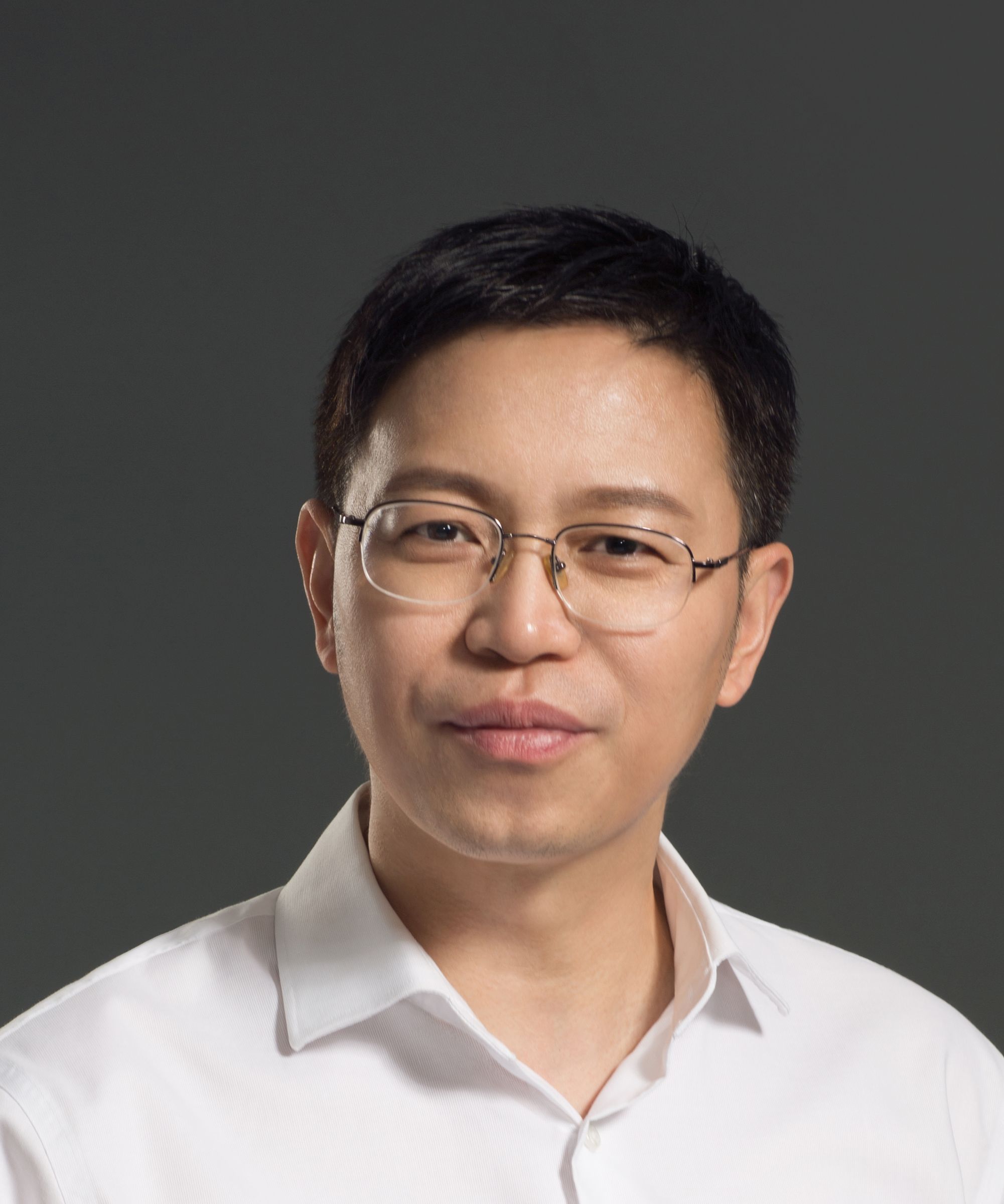Cited By
View all- Zhao HMeng HYang DXie XWu XLi QNiu JCai JKankanhalli MPrabhakaran BBoll SSubramanian RZheng LSingh VCesar PXie LXu D(2024)GuidedNet: Semi-Supervised Multi-Organ Segmentation via Labeled Data Guide Unlabeled DataProceedings of the 32nd ACM International Conference on Multimedia10.1145/3664647.3681526(886-895)Online publication date: 28-Oct-2024


